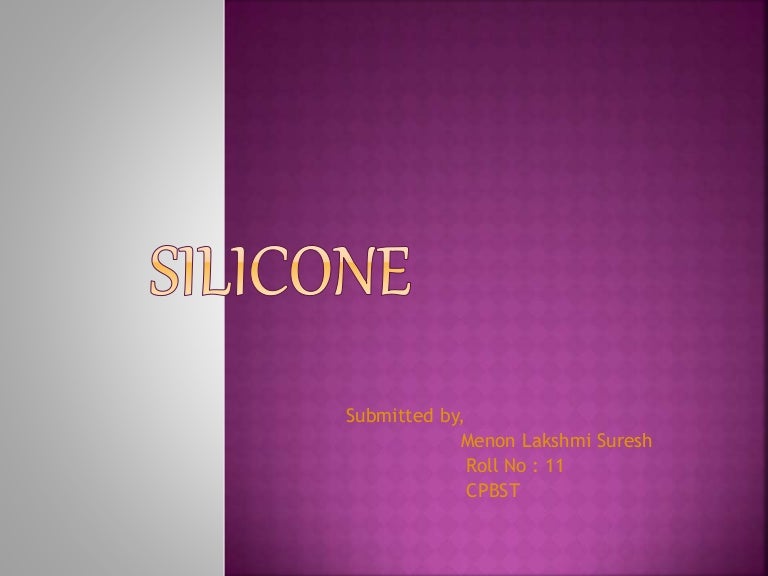
The pure form of silicon has an atomic structure that makes it highly effective as a semiconductor. What are the unique properties of silicon? It must be pointed out that the manufacturing process does result in a large number of waste materials and many toxic substances are used and produced in the manufacturing of pure silicon. These ingots are then cut into wafers which can be used in power electronics. The poly-silicon rod is then crystallized which results in the production of silicon crystals or ingots. Hydrogen is used to purify and then decompose the TCS. The metallurgical silicon is converted to trichlorosilane (TCS) using fluidized bed reactors. Pure silicon, also known as polysilicon, is produced by first making metallurgical silicon using an electric furnace to force a reaction between quartz and coke. Silicon wafers are used in almost all computers and electronic devices on the market today and are produced using a highly complex manufacturing process. Global chip shortage 2022 - updates in July How is silicon manufactured? This invention led to the hyper-connected digital world of today. The very first computer microprocessor, the Intel 4004, was developed by Intel in 1971 using innovative silicon-gate technology. The use of silicon as a semiconductor by these scientists marked the dawn of the electronic age. His work was based on discoveries made by Nobel prize winners William Shockley, John Bardeen, and Walter Brattain, who first invented the transistor in 1947. However, it was not until 1954 when Morris Tanenbaum a chemist at Bell Labs was able to produce the first silicon transistor. It was not until 1854 that crystalline elemental silicon was able to be produced by using electrolysis. Impure silicon had already been obtained in 1811. The modern use of silicon began in 1824, when the Swedish chemist Jöns Jacob Berzelius was able to isolate elemental silicon, doing so in 1824. Silicates have been found in the mortar used for construction purposes by our earliest ancestors.
The ancient Egyptians made glass, beads, and other items from at least 1500BC. People have been using silica and silicates for centuries.

Silicon’s name is derived from the Latin words ‘silex’ and ‘silicis’, which mean ‘hard stone’ or ‘flint’. Silicon compounds are found in water, in plants, and throughout the atmosphere, and are often found in the fluids, tissues, and skeletons of animals. In fact, silicon is the second most abundant element in the crust after oxygen. Oxidized silicon in the form of silicon dioxide and silicates is found in high concentrations in the earth’s crust, making up 27.7% of the crust. However, silicon is most commonly found as an oxide in almost all rocks as well as, clay, sand, and soil.
#Silicon info free
Pure silicon is highly reactive and does not exist naturally in a free state.


 0 kommentar(er)
0 kommentar(er)
